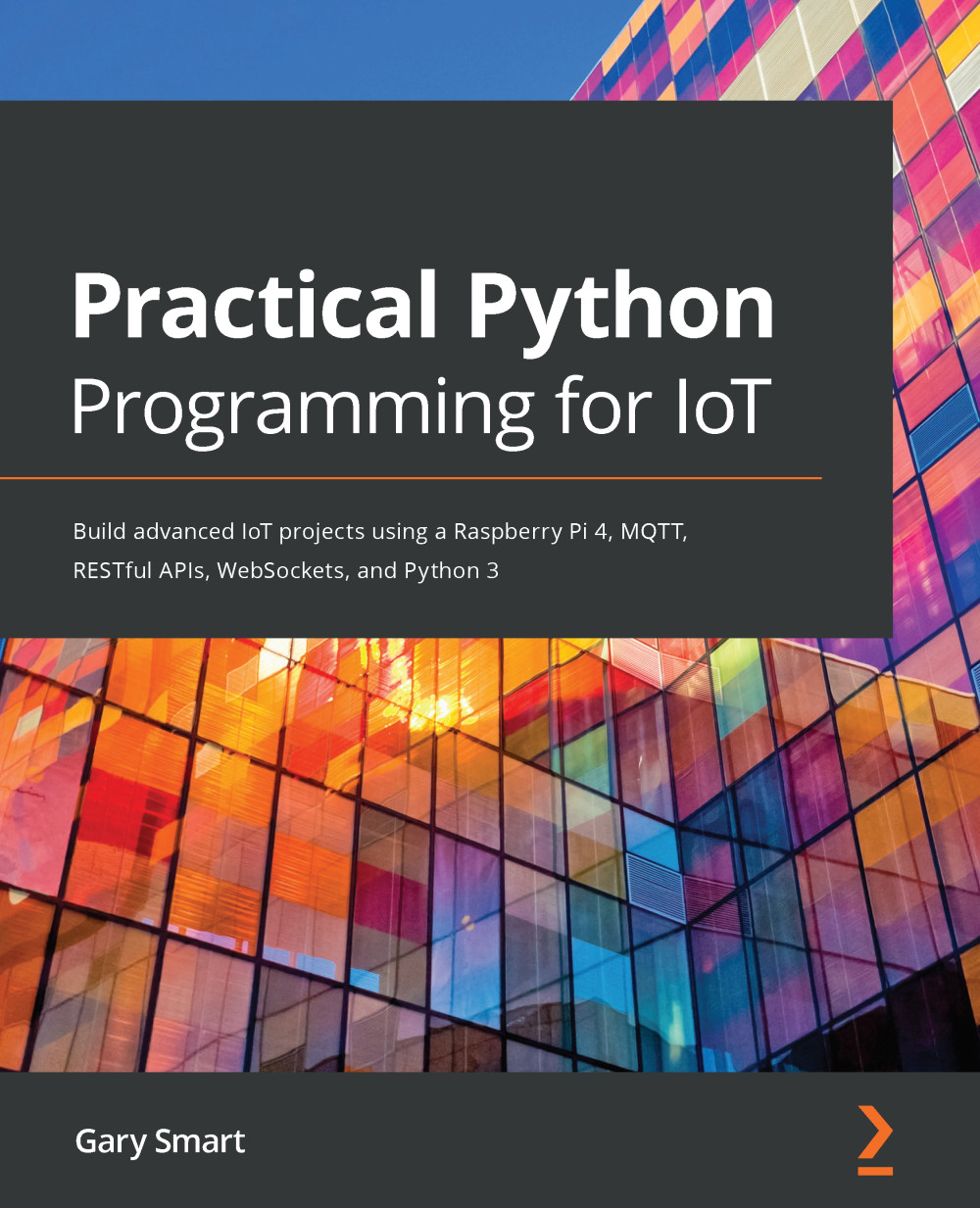An electronic breadboard, as illustrated in Figure 2.1, is a prototyping board that helps you to electrically connect components and wires quickly and easily. In this section, we will discuss the general properties of a breadboard in preparation for connecting components and wires together in the following sections:

Figure 2.1 – Breadboard
Breadboards come in many different sizes, and our illustrated breadboard is a half-sized breadboard. Irrespective of their size, however, their basic layout and electrical connectivity are similar—with one small exception that I'll mention later.
Real breadboards may, or may not, have the row and column numbers markings on them. They have been included in the illustration to assist with the following discussion and explanations.
The holes in the breadboard are where you place electrical components and wires to electrically connect them. The holes are electrically connected in the following ways...






































































